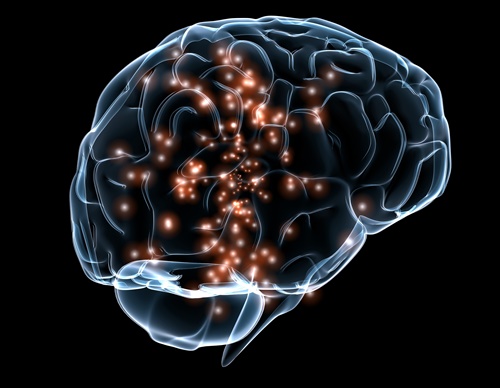9 September 2015. A coalition of three medical centers in the U.S. is leading a comprehensive research initiative to find treatments and eventually cures for amyotrophic lateral sclerosis, or ALS. The collaboration, known as Answer ALS brings together researchers from Johns Hopkins University in Baltimore, Cedars-Sinai Medical Center in Los Angeles, and Massachusetts General Hospital in Boston to amass a coordinated knowledge base about ALS across a range of disciplines, and make their findings freely available to colleagues worldwide to speed development of therapies.
ALS, also known as Lou Gehrig’s disease, is a progressive neurological disease that attacks the nerve cells controlling voluntary muscles, such as those in the arms, legs, and face. In ALS, muscles gradually weaken and waste away, leading to individuals losing their strength and their ability to move their arms, legs, and body. When diaphragm and chest wall muscles fail, people lose the ability to breathe without ventilatory support, often leading to death from respiratory failure.
Answer ALS plans to attack ALS from a number of perspectives, applying new developments in fields such as genomics, stem cells, big data analytics, precision medicine, and artificial intelligence. The project aims to deepen its basic understanding of ALS’s causes, develop cell models that reflect that understanding and screen for new therapy candidates, develop treatment protocols personalized to individual ALS patients, and discover therapies that slow or stop progression of the disease, leading to eventual cures.
The core of Answer ALS, say its organizers, is a massive personalized database of new ALS-specific information. Researchers expects to collect data from 1,000 ALS patients over time, with much of the clinical data coming from real-time monitoring of patients having wearable sensors and devices. Patients will also be asked to donate induced pluripotent stem cells, which will be combined with genomic data and their real-time monitoring. Bioinformatics experts plan to merge the data and generate algorithms, some based on machine learning, to analyze the collections for insights into ALS treatments.
Over the first two years of the project, Answer ALS expects to generate the stem cell lines differentiated into nerve cell and supporting (glial) cells in the brain, which will be analyzed by the founding medical centers and collaborators for underlying patterns in the genome and associated RNA and proteins. After two years, other teams will uncover subgroups within the ALS patient population for commonalities that can lead to clinical trials based on expected drug responses. Researchers will also seek out biomarkers for diagnostics and disease progression, as well as disease-causing pathways and drug targets.
Answer ALS plans to raise $25 million to finance the research, of which $20 million is collected so far. Funding is led by the Leandro P. Rizzuto Foundation and the Robert Packard Center for ALS Research at Johns Hopkins University. The Leandro P. Rizzuto Foundation sponsors ALS Finding a Cure, a fund-raising project for ALS.
Team Gleason, another ALS fund-raising effort, organized the first meetings leading to Answer ALS. The group is named for former NFL player Steve Gleason who lives with ALS. Major donors include the National Football League and PGA Tour, as well as financial services company Travelers whose chairman and CEO Jay Fishman was recently diagnosed with ALS.
“After being diagnosed with ALS,” says Fishman in an Answer ALS statement, “I looked for the most aggressive project with the greatest possibility of yielding results through rapid benchmarks and milestones. This was that project.”
Read more:
- Trial Testing Respiratory Muscle Drug for ALS Patients
- Foundation Supporting ALS Pilot Clinical Trials
- Stem Cells Shown to Stop Decline for Some ALS Patients
- Clinical Trial Proposals Sought for ALS Treatments
- Calico Licenses Neurodegenerative Disease Compounds
* * *


 RSS - Posts
RSS - Posts
You must be logged in to post a comment.